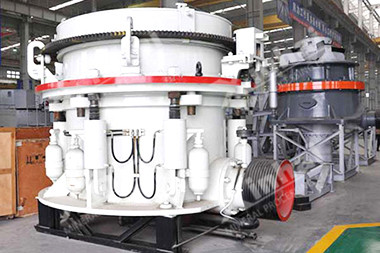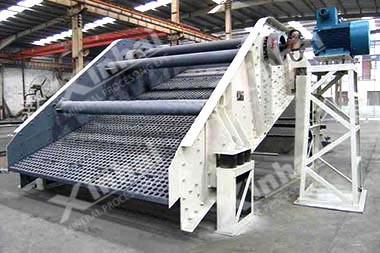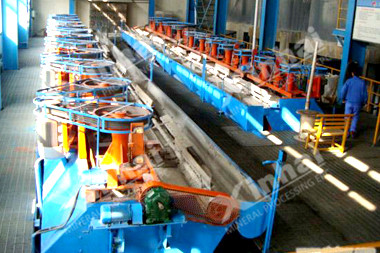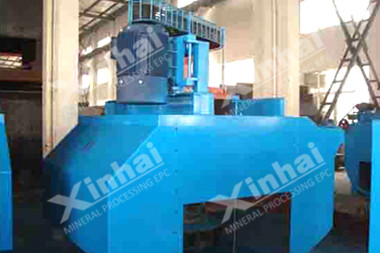- Home
- About us
- Mineral Processing EPC
- Products
-
- Crushing
- Screening
- Grinding
- Classifying
- Agitation Equipment
- Flotation
- Gravity Separation Equipment
- Magnetic Equipment
- Thickening
- Dewatering Machine
- Gold Extraction Equipment
- Feeding
- Transmission Equipment
- Iron Removal Equipment
- Automatic Control Equipment
- Wear – Resistant Rubber Products
- Valves
- Hydrocyclone
- Pumps
-
- Solutions
-
- Gold CIP Production Line
- Gold CIL Processing Line
- Gold Flotation Production Line
- Cu-Pb-Zn Dressing Process
- Gold Heap Leaching Process
- Molybdenum Dressing Production Line
- Quartz Sand Dressing Production Line
- Hematite Separation Process
- Phosphorite Flotation Equipment Production Line
- Manganese Ore Magnetic Separation Production Line
- Magnetite Separation Production Line
- Scheelite Flotation Production Line
- Fluorite Flotation Process
- Silver Flotation Process
- Barite Mineral Processing
- Antimony Mineral Processing
- Wolframite Mineral Processing
- Chrome Ore Mining Process
- Iron Ore Mining Process
- Tin Ore Mining Process
- Nickel Ore Mining Process
- Graphite Ore Beneficiation Process
- Tailings Re-Processing Line
- Titanium Mining Process
- Dolomite Mining Process
- Kaolin Mining Process
- Pyrite Mineral Process
- Zircon Ore Mining Process
- Magnesite Flotation Process
- More >>>
-
- Cases
- News
- Contact Us
Phosphorite Flotation Equipment Production Line
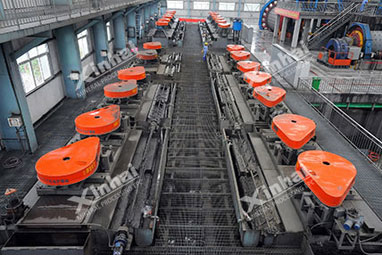
【Process Introduction】
According to different ore properties of phosphate, Xinhai designs many processes for it such as flotation, gravity separation, chemical leaching, combined dressing, photoelectric sorting, etc. Flotation is widely used in phosphate including direct flotation, reverse flotation, reverse flotation and flotation, and double-reverse flotation process.
【Application】
Phosphorite Flotation Product Line is applied for complex structure phosphorite with fine particle distribution, closed embeddedness relationship, difficult monomer dissociation, etc.
Check Process Flow >>
[Process Description ]
Flotation process
Direct flotation inhibits gangue minerals by effective inhibitors, and the phosphorus mineral is enriched in foam by collecting agent. This process is suitable for low grade phosphate ores including magmatite type apatite and sedimentary metamorphic type phosphorite ore
Reverse Flotation Process
Mainly used for the separation of phosphate and dolomite; dolomite is collected with fatty acid collector in weak alkaline medium, and the phosphorus mineral is enriched in the groove. The biggest advantage of reverse flotation process is the realization of the normal temperature flotation.
Double-Reverse Flotation Process
In alkaline conditions, double-reverse flotation makes the silicate surface positively charged, and the anionic collector separates minerals meaning floating dolomite firstly, and then reverse floating silicate; the product is heavy concentrate in groove; the production line can be carried out at normal temperature and coarse grain condition.
[ Case ]
A phosphorite in Yunnan belonged to low grade siliceous and calcareous collophanite with fine particles and close distribution of useful minerals and gangue minerals. The plant adopted flotation and reverse flotation process, but there were some defects in the flotation reagent dosage and high temperature. In order to reduce the cost, the plant authorized Xinhai to take technical reformation. Xinhai used the double reverse flotation for phosphorite after the test. Xinhai achieved 40% concentrate grade when the crude ore grade was 18.55%. Indexes comparison as follow:
| Comparison of Reformation | Process | Grade of Phosphate Concentrate /% | Recovery Rate of Phosphate Concentrate /% |
| Before Reformation | Flotation and Reverse Flotation Process | 29.74 | 70.27 |
| After Reformation | Double-Reverse Flotation Process | 32.58 | 72.18 |
By this technical reformation, the technology principle was more reasonable; the non-alkali process, no pollution to the environment; the normal temperature condition could effectively reduce the cost.
[Related Products]
[ Process Flow ]
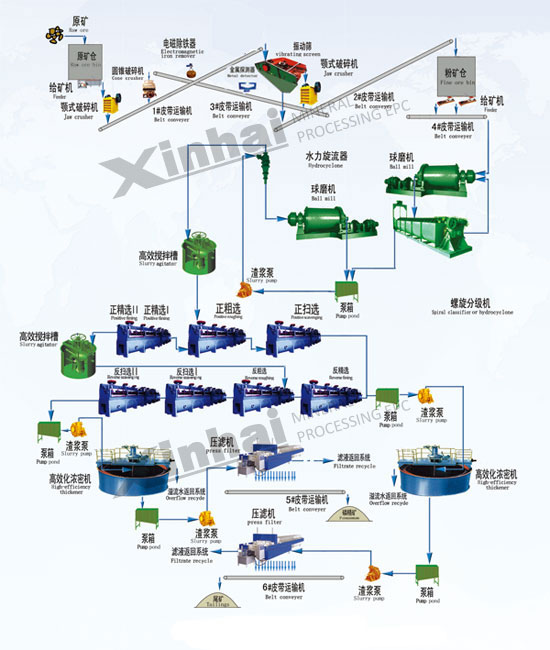
Guestbook
Please leave your message here! We will send detail technical info and quotation to you!
Mineral Processing
EPC and Equipment
Tel: 0086 15311826765
E-mail: marketing@ytxinhai.com
Home
About us
EPC
Products
Solutions
Cases
News
Contact Us
3D Exhibition Room
sitemap
© 2014 Shandong Xinhai Mining Technology & Equipment Inc.
